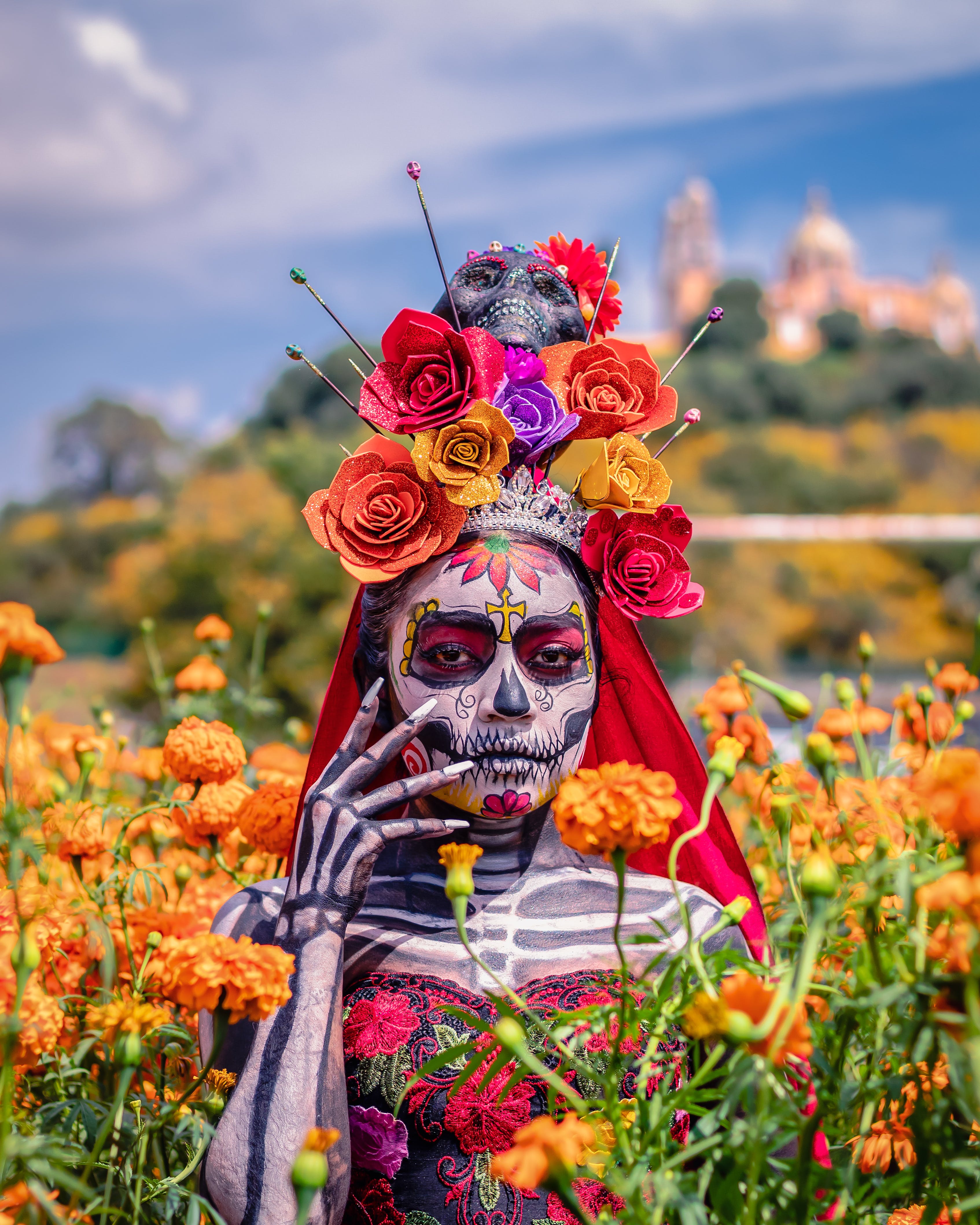In the heart of Mexican tradition lies a sacred commemoration known as Dia de los Muertos, or the Day of the Dead. Central to this vibrant celebration is the creation of an altar, an intricate and deeply symbolic offering to honor departed loved ones. Let's unravel the story behind the Day of the Dead altar, its profound significance, and the symbolic items that come together to form this beautiful tapestry of remembrance.
Origins and Evolution
The Day of the Dead finds its roots in ancient Mesoamerican cultures, particularly the Aztecs, who held deep reverence for death as a natural part of life's cycle. With the arrival of Spanish conquistadors in the 16th century, indigenous beliefs merged with Catholicism, giving rise to the modern interpretation of Dia de los Muertos.
The Essence of the Altar
**1. Honoring the Departed: At its core, the Day of the Dead altar is a tribute to deceased friends and family members. It's a symbolic bridge that allows the living to commune with the souls of the departed, demonstrating that they are never truly gone.
**2. The Four Elements: Often, altars incorporate the four elements—earth, wind, fire, and water. Earth is represented by the food and crops, wind by papel picado (elaborate paper cut-outs), fire by candles, and water in the form of a glass to quench the thirst of weary souls.
**3. Levels of the Altar: Altars are usually constructed in tiers, each representing a different aspect of life and death. The top tier is dedicated to a picture of the deceased and a Christian cross or crucifix. The middle tier contains candles and papel picado, while the bottom tier is reserved for offerings like food and mementos.
Symbolic Items on the Altar
**1. Candles (Velas): Candles play a crucial role in guiding the souls of the departed back to the world of the living. Their soft, flickering light symbolizes hope and the eternal flame of remembrance.
**2. Marigolds (Cempasúchil): Bright orange marigolds are considered the flower of the dead. Their vibrant hue is believed to guide souls back to their loved ones during the Day of the Dead festivities.
**3. Sugar Skulls (Calaveras de Azúcar): These intricately decorated confections serve as sweet offerings to departed spirits. They are often adorned with the names of the deceased and serve as a tangible representation of the enduring connection between the living and the dead.
**4. Food and Drink (Ofrendas de Comida y Bebida): The altar is laden with the departed's favorite foods and drinks, ensuring they enjoy the essence of what they loved in life. Pan de Muerto, a sweet bread adorned with bone-shaped decorations, is a common inclusion.
**5. Photographs and Mementos: Photographs of the departed, along with personal belongings such as clothing, jewelry, or trinkets, evoke cherished memories and help to create a sense of presence.
The Day of the Dead altar is a poignant testament to the enduring ties that bind us to those who have passed on. It serves as a visual symphony of love, respect, and remembrance. Through this sacred tradition, we find solace in knowing that our departed loved ones are never truly gone, but live on in our hearts and in the vibrant tapestry of Dia de los Muertos.
As we approach this sacred celebration, let us honor our loved ones with heartfelt altars that bridge the gap between the worlds, and may the flickering candles guide their spirits back to our embrace once more.




Leave a comment
All comments are moderated before being published.
This site is protected by hCaptcha and the hCaptcha Privacy Policy and Terms of Service apply.